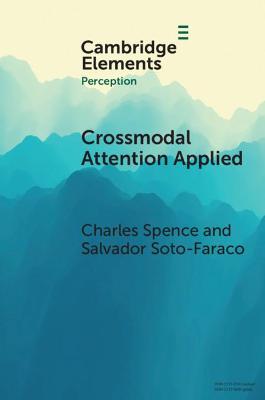Elements in Perception
2 total works
Multisensory Interactions in the Real World
by Salvador Soto-Faraco, Daria Kvasova, Emmanuel Biau, Nara Ikumi, Manuela Ruzzoli, Luis Moris-Fernandez, and Mireia Torralba
Published 8 August 2019
The interactions between the senses are essential for cognitive functions such as perception, attention, and action planning. Past research helped understanding of multisensory processes in the laboratory. Yet, the efforts to extrapolate these findings to the real-world are scarce. Extrapolation to real-world contexts is important for practical and theoretical reasons. Multisensory phenomena might be expressed differently in real-world settings compared to simpler laboratory situations. Some effects might become stronger, others may disappear, and new outcomes could be discovered. This Element discusses research that uncovers multisensory interactions under complex environments, with an emphasis on the interplay of multisensory mechanisms with other processes.
Cognitive neuroscientists have started to uncover the neural substrates, systems, and mechanisms enabling us to prioritize the processing of certain sensory information over other, currently less-relevant, inputs. However, there is still a large gap between the knowledge generated in the laboratory and its application to real-life problems of attention as when, for example, interface operators are multi-tasking. In this Element, laboratory studies on crossmodal attention (both behavioural/psychophysical and cognitive neuroscience) are situated within the applied context of driving. We contrast the often idiosyncratic conditions favoured by much of the laboratory research, typically using a few popular paradigms involving simplified experimental conditions, with the noisy, multisensory, real-world environments filled with complex, intrinsically-meaningful stimuli. By drawing attention to the differences between basic and applied studies in the context of driving, we highlight a number of important issues and neglected areas of research as far as the study of crossmodal attention is concerned.

